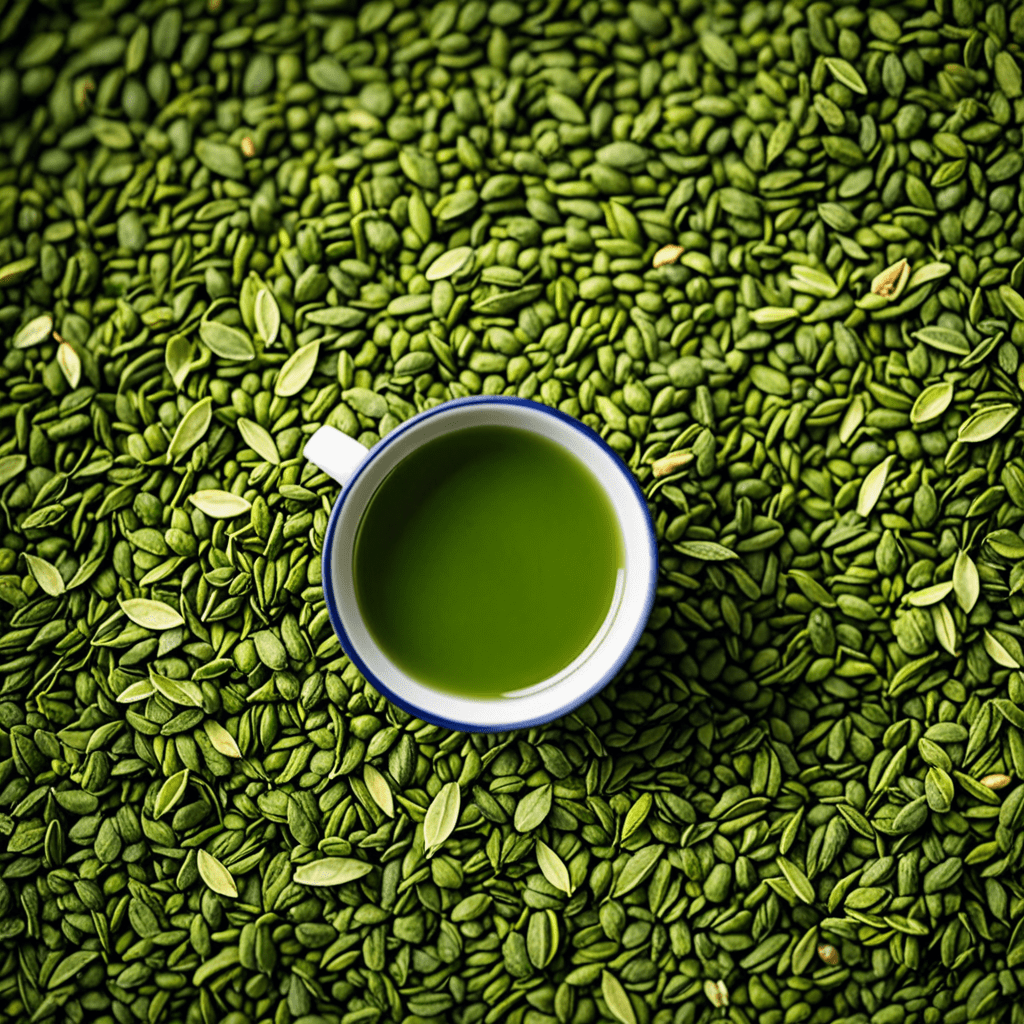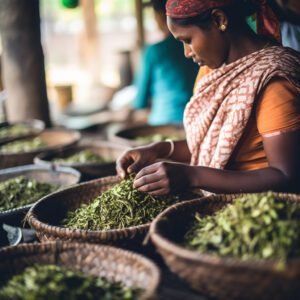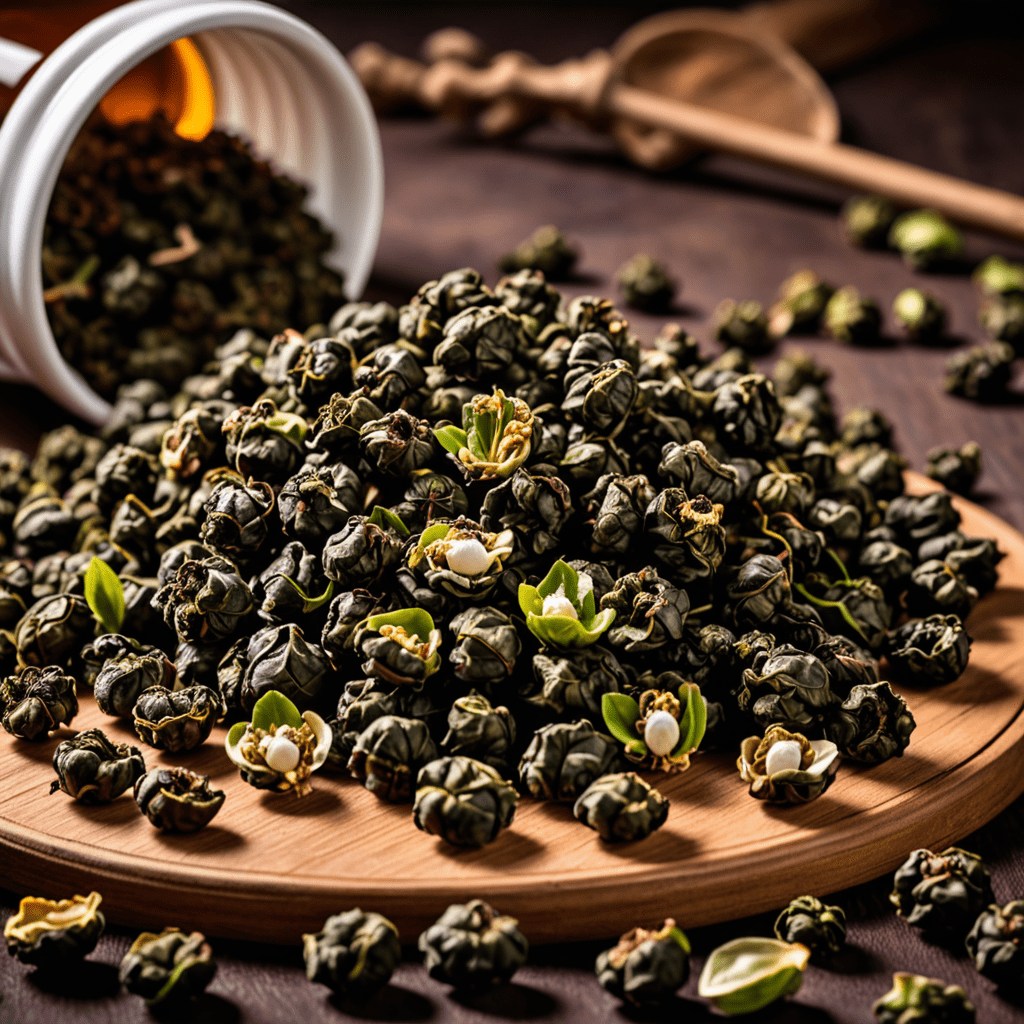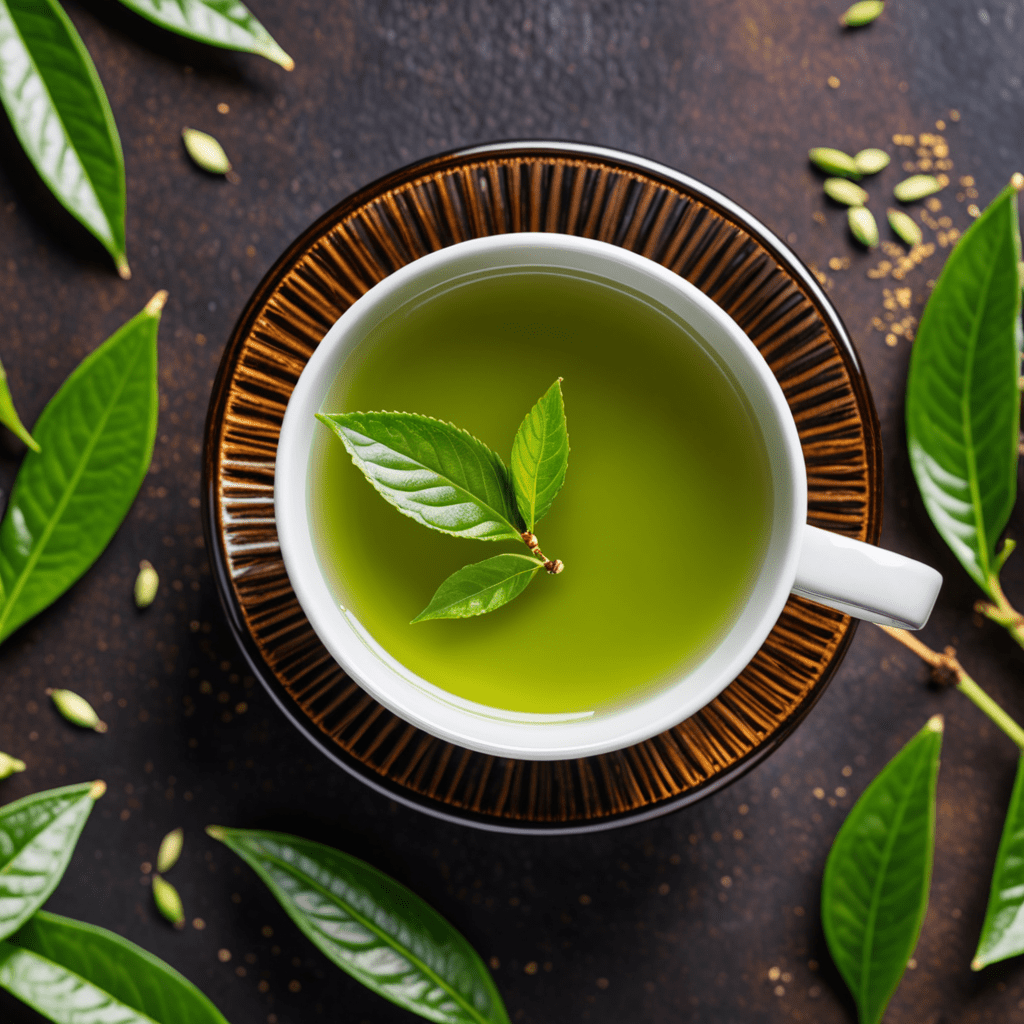
Discover the Perfect Steeping Time for Matcha Green Tea and Immerse Yourself in Its Delicate Flavors
If you’re a fan of matcha green tea, you’re probably aware of the care and precision required to brew this traditional Japanese tea. While matcha powder is known for its vibrant green color and earthy taste, achieving the perfect balance of flavors depends on various factors, including the steeping time.
In this blog post, we’ll delve into the art of steeping matcha green tea and unravel the mysteries behind getting it just right. Whether you’re a beginner or an experienced matcha enthusiast, this guide will provide you with the knowledge you need to delight in the perfect cup of matcha every time.
What is Matcha Green Tea?
Before we explore the steeping time, let’s start with the basics. Matcha green tea is a finely ground powder produced from shade-grown tea leaves. Unlike traditional tea, where leaves are steeped and discarded, matcha is prepared by whisking the powder into water, allowing you to consume the entire leaf.
Factors Affecting Steeping Time
Several factors contribute to the steeping time required for matcha green tea. Familiarizing yourself with these aspects will help you understand why timing plays a crucial role in achieving the desired flavors.
1. Quality of Matcha
The quality of matcha greatly influences the steeping time. High-grade ceremonial matcha requires a shorter preparation time compared to culinary grade matcha. Ceremonial matcha, known for its delicate umami flavors, should be brewed with precision to avoid any bitterness.
2. Personal Preference
Personal taste preferences also play a role in determining the steeping time. Some individuals prefer a stronger and more bitter cup of matcha, while others prefer a lighter, more mellow flavor. Experimenting with different steeping times allows you to customize your matcha experience according to your preferences.
3. Water Temperature
The temperature of the water used to brew matcha affects both flavor and nutritional attributes. Ideally, water should be heated to around 175°F (80°C). Higher temperatures may lead to a bitter taste, while lower temperatures may not fully extract the flavors from the matcha powder.
4. Whisking Technique
Whisking is an integral part of matcha preparation, and the technique used can impact the overall steeping time. Achieving a smooth and frothy consistency requires proper whisking, which helps blend the matcha powder evenly with the water. Failure to whisk effectively may result in a longer steeping time to fully dissolve the powder.
Steeping Time Recommendations
Now that we understand the factors that influence steeping time, let’s explore some general recommendations for brewing matcha green tea. Keep in mind that these are guidelines, and you may adjust them based on your personal preferences and the type of matcha you are using.
For ceremonial grade matcha:
– Begin with approximately 1 teaspoon (about 2 grams) of matcha powder.
– Gradually pour about 2 ounces (60 milliliters) of hot water (175°F/80°C) over the powder.
– Use a bamboo whisk to vigorously whisk the mixture in a “M” or “W” motion until a frothy layer forms on top.
– The optimal steeping time for ceremonial matcha should ideally range between 30-60 seconds.
For culinary grade matcha:
– Start with a similar amount of matcha powder as with ceremonial grade matcha (1 teaspoon/2 grams).
– Increase the amount of water to about 4 ounces (120 milliliters).
– Whisk the mixture until fully dissolved and frothy.
– Culinary matcha is more forgiving in terms of steeping time, but it is generally recommended to steep for around 60-90 seconds.
Remember, these recommendations are not set in stone, and you can adjust the steeping time according to your taste preferences. This guide serves as a starting point to help you achieve a delightful cup of matcha that balances both flavor and aroma.
Frequently Asked Questions (FAQ)
Here are some common questions that matcha enthusiasts often ask:
Q: Can I reuse the matcha powder for subsequent steepings?
A: Matcha is typically prepared for a single use and is not meant to be reused for subsequent steepings. The full extraction of flavors from the powder occurs in the initial preparation, so reusing the powder will result in a diluted and less flavorful cup of tea.
Q: How does the water quality affect the steeping process?
A: Using high-quality filtered water is recommended to ensure the best flavors in your cup of matcha. Tap water, especially if it possesses a strong taste or odor, may negatively impact the tea’s taste and aroma.
Q: Should I adjust the steeping time if I’m making matcha lattes or other beverages?
A: Yes, the steeping time may vary when making matcha beverages with added milk or sweeteners. The additional ingredients may affect the balance of flavors and require longer steeping times to achieve the desired taste.
In conclusion,
Steeping matcha green tea is an art that demands attention to detail and a sprinkle of experimentation. By considering factors such as matcha quality, personal preference, water temperature, and whisking technique, you can fine-tune the steeping time to create a cup of matcha that is tailored to your taste.
Remember, practice makes perfect, and with each cup of matcha, you’ll come closer to mastering the art of steeping and savoring the delicate flavors of this exquisite green tea. So go ahead, brew a cup, and embark on a journey of matcha appreciation that will awaken your senses and delight your taste buds!


